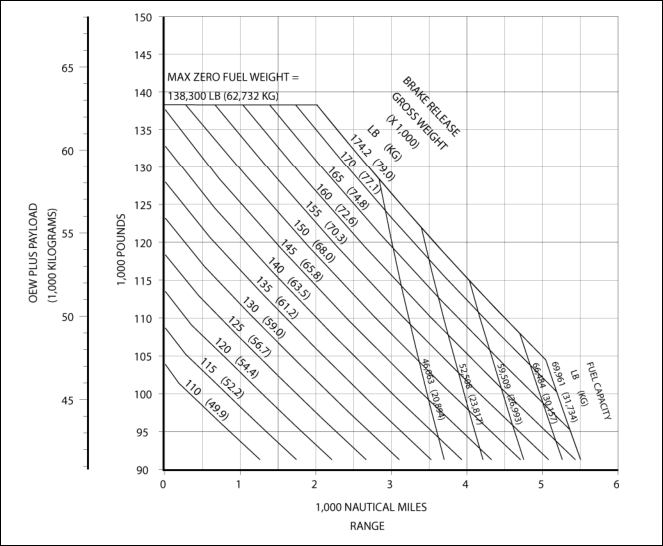Recently a new aircraft, B737-86X (tail AP-BNA) was delivered to a new airline in Pakistan.
The ferry flight as reported by planespotters is BFI - BGO - KHI but this seems like a large stretch given the performance of the aircraft (range of 3,115 nm); so I am trying to find the exact ferry route taken.
However, flightware only shows the test flight when I search by the tail number.
Is there a way to find out what the actual flight plan was?
To clarify based on comments:
I am aware that additional modifications can be done on ferry flights (since these are not normal passenger flights) - such as adding of additional fuel tanks - however, due to the facilities available at KHI I doubt this was the case.
Further I understand that it may be possible that the plane was flown BFI-BGO-KHI - even without any further modifications (favorable winds, etc); so I am trying to find a way to confirm what was the actual flight plan; or if crew-only 737-8 WL can fly that route without modifications.


